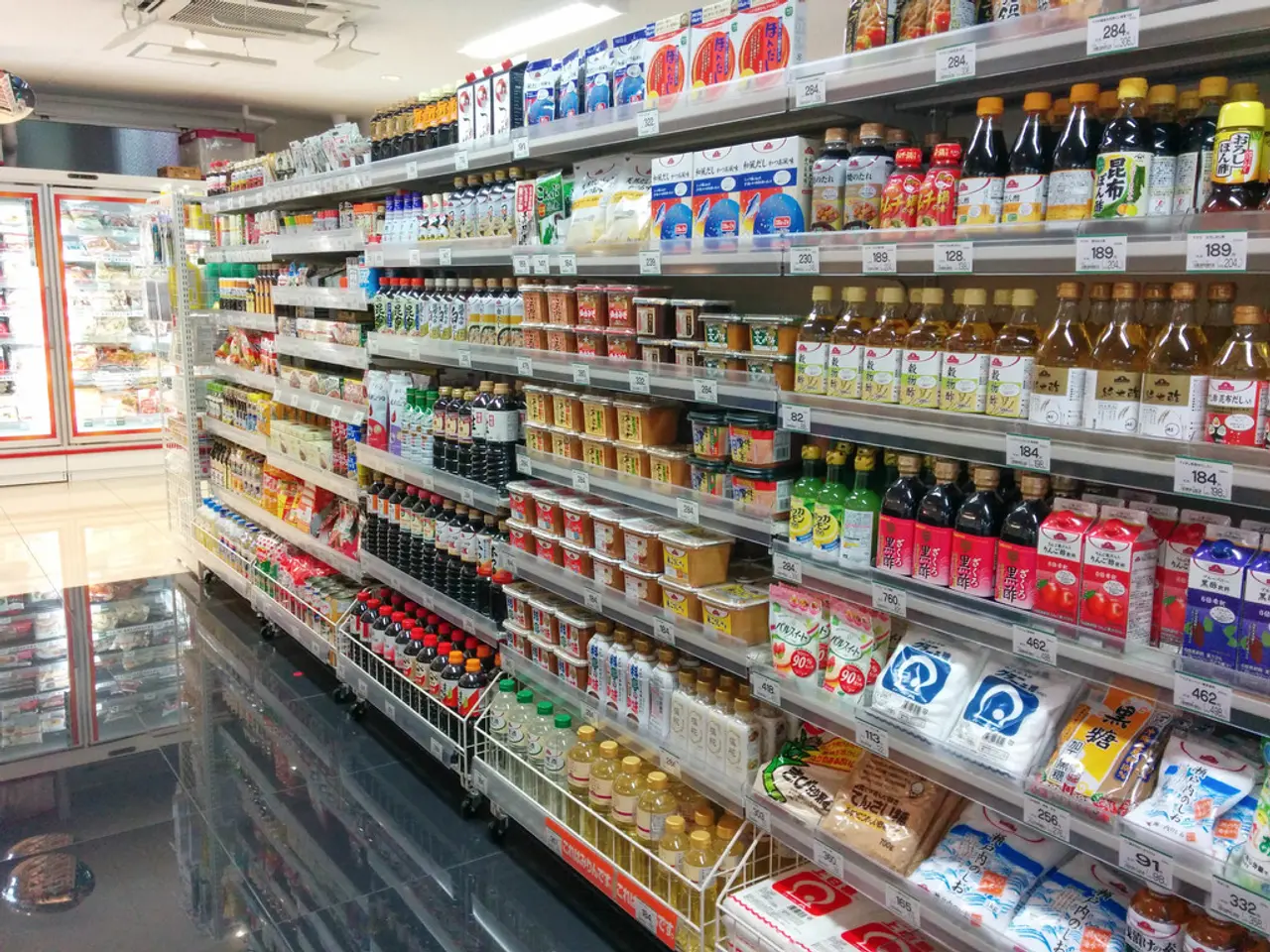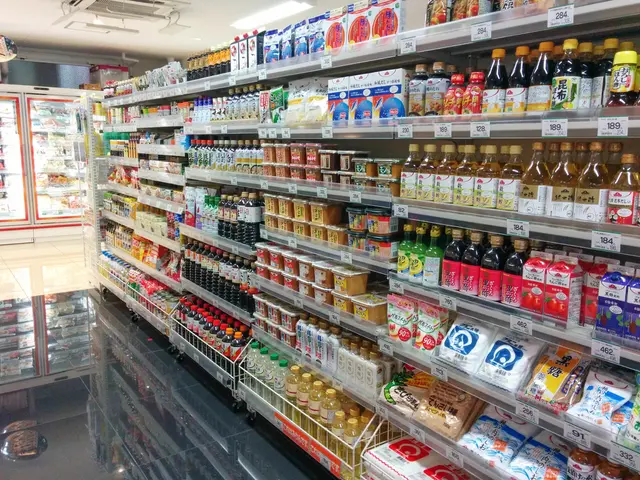Shift to U.S. Production by Major Brands in 2025: Understanding the Global Trend
In the year 2025, American factories are undergoing a transformation, becoming more sophisticated, technology-oriented, and automated. The use of robotics, AI, and intelligent manufacturing technologies is becoming the norm (1). However, the landscape of U.S. manufacturing is not just about expenses for American companies. Tariffs, a significant factor in recent years, are influencing businesses to reconsider overseas manufacturing.
Tariffs, averaging about 18% and in some cases reaching 25-50% on key materials like steel, aluminum, and auto parts, have raised input costs for U.S. manufacturers. This has squeezed factory margins and increased consumer prices by passing costs onto buyers, with estimates of cost increases up to 4.5% overall and even higher in certain sectors like autos (1, 4, 5).
Contrary to the intent of boosting manufacturing jobs, some manufacturing job losses occurred after initial tariff implementations. The net impact on jobs and factory output remains uncertain, with potential for short-term pain in exchange for longer-term recovery if firms adjust supply chains and increase domestic production (1, 5).
Despite the higher input costs, domestic firms, particularly steel and mills, have benefited from reduced import competition and stronger order books. There is a noticeable increase in requests for quotes (RFQs) and sourcing from U.S. manufacturers, indicating a trend of reshoring manufacturing or nearshoring production (2).
The resurgence of domestic production in the USA is revitalizing regional economies and inspiring a new generation of skilled workers, creating pathways for well-paying, sustainable careers. It is beneficial for international brands to return manufacturing to the U.S. because reshoring helps avoid high tariff costs, shortens supply chains, enhances supply chain resilience, and capitalizes on consumer preferences for locally made goods (2, 3).
The 2025 tariff regime has triggered global supply chain re-engineering, with shifts in manufacturing hubs and investment. This realignment incentivizes some production relocation back to the U.S. or closer allied countries to minimize tariff exposure (3).
Brands are prioritizing resilience rather than reach in their supply chains, creating more concise, intelligent supply chains that emphasize closeness, adaptability, and oversight. The revival of USA manufacturing is important to respond more quickly to market shifts, minimize inventory waste, and develop products at a faster pace (6).
Maker's Row, a platform that connects brands with trusted, vetted American factories across various industries, is simplifying the search for USA manufacturing partners (7). The impact of tariffs in the USA on the resurgence of U.S. manufacturing in 2025 is mixed but generally shows that tariffs have increased costs for manufacturers, potentially squeezing U.S. factories and raising consumer prices, yet also encouraging some domestic production and reshoring efforts.
In conclusion, while tariffs have raised costs and created trade tensions that may hamper immediate manufacturing growth and consumer prices, they simultaneously encourage a long-term manufacturing resurgence by incentivizing domestic production and reshoring. International brands see benefits in returning manufacturing to their origins in the U.S. primarily by avoiding tariffs, securing supply chains, and responding to evolving trade policies and consumer preferences (1, 2, 3, 5).
Investing in domestic manufacturing can provide benefits for businesses, as it helps them avoid high tariff costs, particularly on key materials like steel, aluminum, and auto parts. This is because tariffs, averaging about 18% and in some cases reaching 25-50%, have raised input costs for U.S. manufacturers.
Moreover, reshoring manufacturing or nearshoring production can also enhance supply chain resilience, as it allows international brands to respond more quickly to market shifts and minimize inventory waste. This is crucial in today's volatile business environment, where responding quickly to changes is essential for staying competitive.





